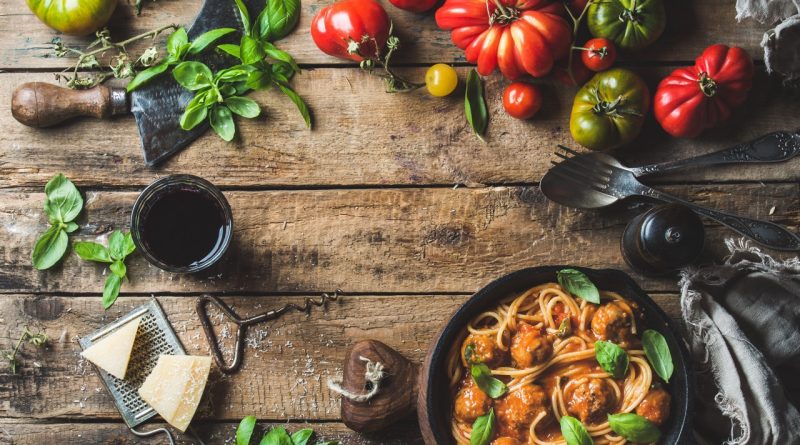How to Bake Cookies from Scratch: Tips and Tricks
Baking cookies from scratch is a delightful and rewarding experience that can fill your home with enticing aromas while creating delicious treats for family and friends. Whether you’re a novice baker or a seasoned pro, having a solid foundation of knowledge about the essential ingredients, preparation methods, baking techniques, and creative variations can elevate your cookie-baking game. In this article, we will explore each of these aspects to help you achieve perfect cookies every time.
Essential Ingredients for Perfect Cookies Every Time
To create the best cookies, it’s crucial to start with high-quality ingredients. The basic components include flour, sugar, butter, eggs, and baking soda or baking powder. All-purpose flour is commonly used for its versatility, while sugars—granulated and brown—impart different flavors and textures. Granulated sugar tends to yield a crispier cookie, while brown sugar adds moisture and a chewy texture due to its molasses content.
Butter is another fundamental ingredient that significantly affects the cookie’s flavor and texture. Using unsalted butter allows you to control the salt content of the dough, while softened butter provides a creamy base necessary for achieving a well-mixed batter. Additionally, eggs bind the ingredients and can influence the texture; using a room-temperature egg can yield better incorporation into the dough.
Finally, don’t forget about the importance of add-ins such as chocolate chips, nuts, or dried fruit. These elements not only enhance flavor but also contribute to the overall aesthetic of your cookies. Quality chocolate chips or chunks and fresh nuts can elevate your cookies to gourmet levels, leading to a more enjoyable baking experience.
Step-by-Step Guide to Mixing and Preparing Dough
Once you have gathered your essential ingredients, the next step is to mix and prepare the dough correctly. Start by creaming together the softened butter and sugars until the mixture is light and fluffy. This process incorporates air, which is essential for achieving a lighter texture. Make sure to scrape down the sides of the bowl to ensure all ingredients are thoroughly combined.
Next, add the eggs one at a time, beating well after each addition. Incorporating eggs gradually helps maintain the emulsion of fats and ensures even mixing. After the eggs are blended, gradually sift in the dry ingredients, including flour, baking soda, and any additional flavorings, such as salt or vanilla extract. Mix until just combined; overmixing can lead to tough cookies, as it develops the gluten in the flour.
Once your dough is ready, consider chilling it for at least 30 minutes. Chilling the dough allows the flavors to meld and can prevent the cookies from spreading too much during baking. It also makes the dough easier to handle when forming cookies. After chilling, scoop the dough using a cookie scoop or tablespoon and arrange them on a baking sheet lined with parchment paper.
Baking Techniques: Achieving the Ideal Cookie Texture
The baking process is where the magic happens, and understanding the nuances can significantly impact your cookies’ final texture. Preheat your oven to the correct temperature—usually between 350°F and 375°F—before placing your cookies inside. An oven thermometer can help ensure accuracy, as baking at the wrong temperature can lead to underbaked or burnt cookies.
Another critical aspect is the baking time. Cookies should be removed from the oven when they are slightly underbaked; they will continue to cook on the baking sheet due to residual heat. For chewier cookies, aim for a shorter baking time, while crispier cookies may require a few extra minutes. Keep a close eye on the first batch, as every oven varies.
Finally, allow the cookies to cool on the baking sheet for a few minutes before transferring them to a wire rack. This resting period allows the cookies to firm up and makes them easier to handle. Cooling completely is essential for optimal texture; warm cookies tend to be softer, while fully cooled cookies can offer a delightful crunch.
Creative Variations: Customize Your Cookie Recipes
Once you master the basic cookie recipe, the fun truly begins with creative variations. Start by experimenting with different types of flour, such as whole wheat or almond flour, which can provide unique flavors and textures. You can also substitute some of the butter for coconut oil or applesauce for a healthier twist. These modifications can cater to specific dietary needs or simply add a new dimension to the flavor profile.
Flavor extracts can also enhance your cookie experience. Beyond the classic vanilla extract, consider using almond, orange, or peppermint extracts to create distinct flavors. Additionally, incorporating spices like cinnamon, nutmeg, or sea salt can provide a deeper taste that elevates your cookies from the ordinary to the extraordinary.
Lastly, don’t shy away from mixing in creative ingredients such as crushed candy bars, pretzels, or even savory elements like cheese or herbs. These unexpected combinations can produce delightful surprises and cater to diverse tastes. The best part about baking cookies from scratch is the ability to customize them according to your preferences, making each batch a unique creation.
Baking cookies from scratch is not just about following a recipe; it’s about understanding the ingredients, mastering the techniques, and allowing your creativity to shine. With the right knowledge, you can consistently produce cookies that are not only delicious but also uniquely your own. So gather your ingredients, roll up your sleeves, and embark on your baking adventure—perfect cookies await!
